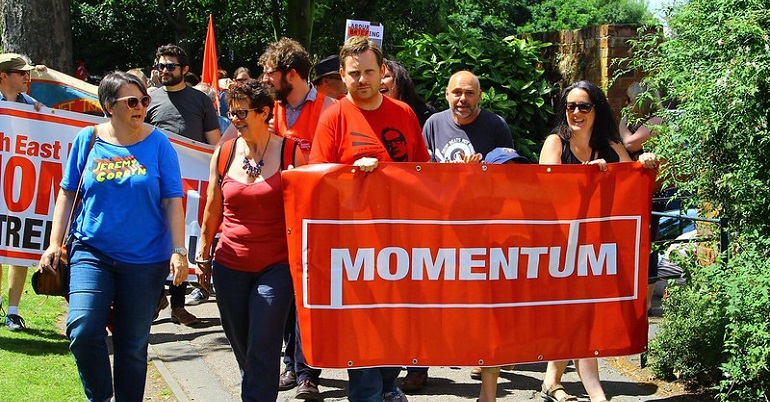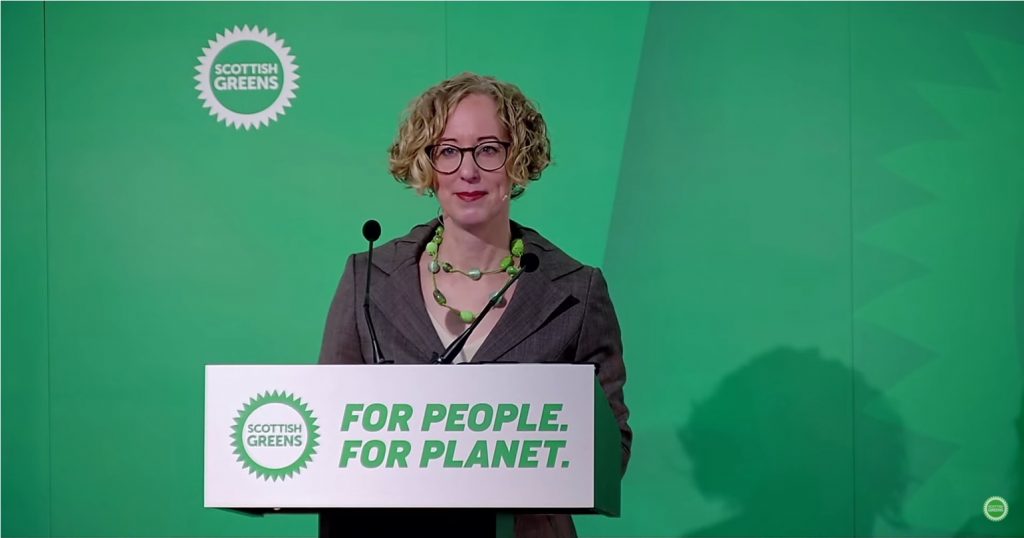The future of the Labour Left under Keir Starmer

After four and a half years of dominance in the Labour Party, the Labour Left have lost control of the leadership and the National Executive Committee with the election of Keir Starmer. Many will be feeling despondent, but disregarding the relatively brief and anomalous period of the Left actually running the party, we are in a historically strong position. Some will want to leave the party and some may already have done, but Labour remains a key site of struggle for building socialism. There’s lots of work to do.
Both Keir Starmer’s campaign to be leader of the Labour Party and his first shadow cabinet have given members little clue about what his political priorities and inclinations will be. Both he and shadow chancellor Anneliese Dodds are senior members of the Fabian Society, but none of the newly appointed shadow cabinet or the Fabians have led on policy development over the last five years. There is something of an ideological vacuum around Starmer’s leadership already.
He will inevitably receive pressure from the hard-right of the Party and the press to fully abandon Corbyn’s program. Starmer is no Corbyn, but these concessions are not his comfort zone. As the interlinked economic, climate and public health crises intensify, Labour’s need for compelling, transformative policy responses will grow stronger too. Intellectually, the Left is the only game in town with a growing ecology of think-tanks (like Autonomy and Common Wealth), activist groups (like Labour for a Green New Deal), media platforms (like Novara Media and Tribune) and political education initiatives (like The World Transformed and local spin-offs) all incubating new ideas. The limit of the Labour Right’s imagination is a return to 1997 while the “soft-left”, represented by Starmer, have no imagination at all. With established organising infrastructure (like Momentum) and bases of power in local constituency parties around the country, the Labour Left is in a strong position to push Starmer both to retain the strongest elements of Labour’s 2019 platform as well as going further.
Both left-wing candidates in Labour’s leader and deputy leader elections, Rebecca Long-Bailey and Richard Burgon, committed to ‘Open Selections’ (a rebrand of ‘mandatory re-selections’) for Labour’s Parliamentary candidates. This has become the flagship demand for the Left’s aim of democratising the Labour Party. Party democracy was generally sidelined under Corbyn’s leadership with day-to-day party management and policy development subordinating internal restructures. Party democracy must be a long-term strategic priority for the Left. As left-wing party activist Max Shanly is keen to repeat, we can’t democratise the state and the economy without democratising the Labour Party. Party democracy can be a unifying mission for grassroots members of the hard-left and soft-left and we should use Labour’s existing democratic structures to push for these reforms while continuing to run in and win internal elections to exert power where possible.
One of the clearest commitments Starmer did give during his leadership campaign was the intention to restructure the party so that local councillors are given a greater say over policy and strategy. This runs counter to the Left’s commitment to party democracy for members and we should not roll over to it.
Local councils have in recent times been a base of power for the Labour Right, but that doesn’t have to be the case. Local government will be a crucial site of struggle against the Tories over the next few years. The COVID-19 pandemic has already shown the role that councils play in moments of crisis. The same will be true of climate breakdown both in responding to climate shocks as well as delivering key elements of a Green New Deal when Labour is in government. The Left should treat local government as a priority from which to build power both to bolster ourselves within Labour and to ensure that local councils are ready to be a strong campaigning force for a Labour government locally, as well as effectively delivering Labour’s ambitions if we do win the next election.
This article is the third in a series from Chris Saltmarsh on the state of the Labour Left after Jeremy Corbyn. The series can be found here.
Image credit: FunkDooby – Creative Commons



This is a really good article that you’ve written Chris. I actually found you’re positivity of the left more encouraging than anything I’ve read on LabourList recently. My question for future parts of this series:
What can Momentum, PAAA & other left-wing groups do to re-ignite the anti-austerity movement effectively? it’s highly possible the gov will use the pandemic as an argument they’ve borrowed too much and now we need austerity. It feels like the right time reignite it.
If it’s not LEFT how can you call it Labour.